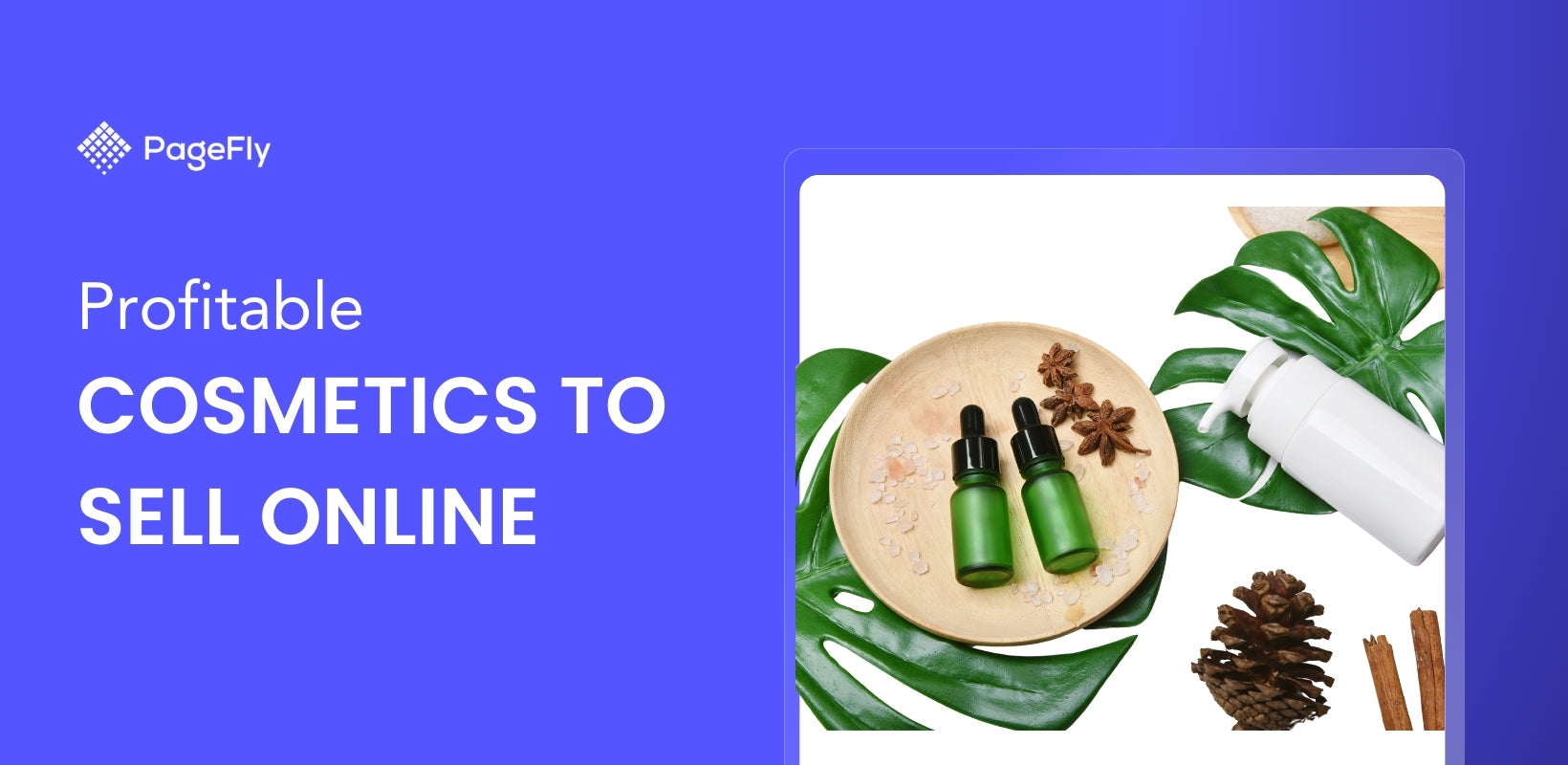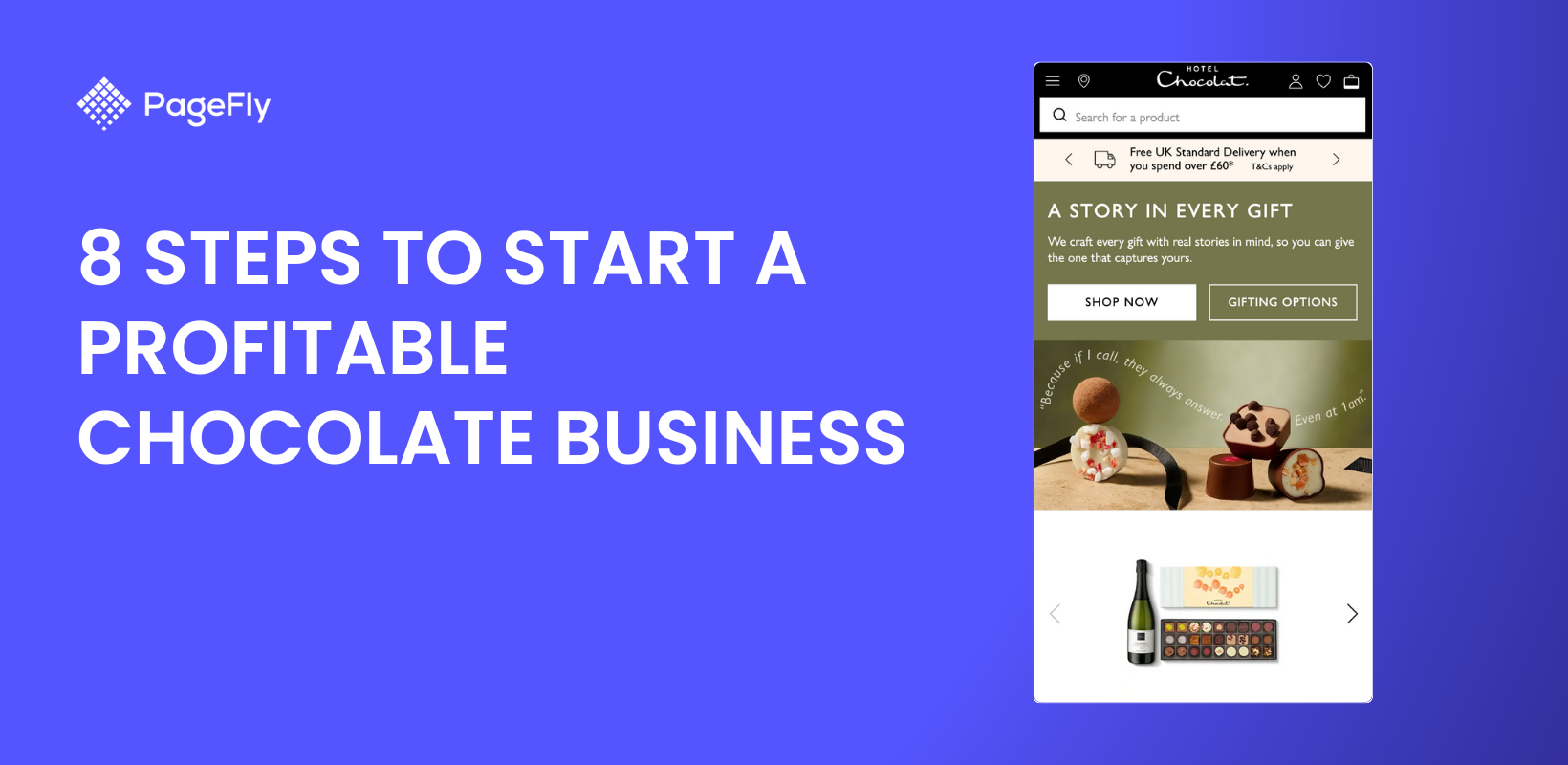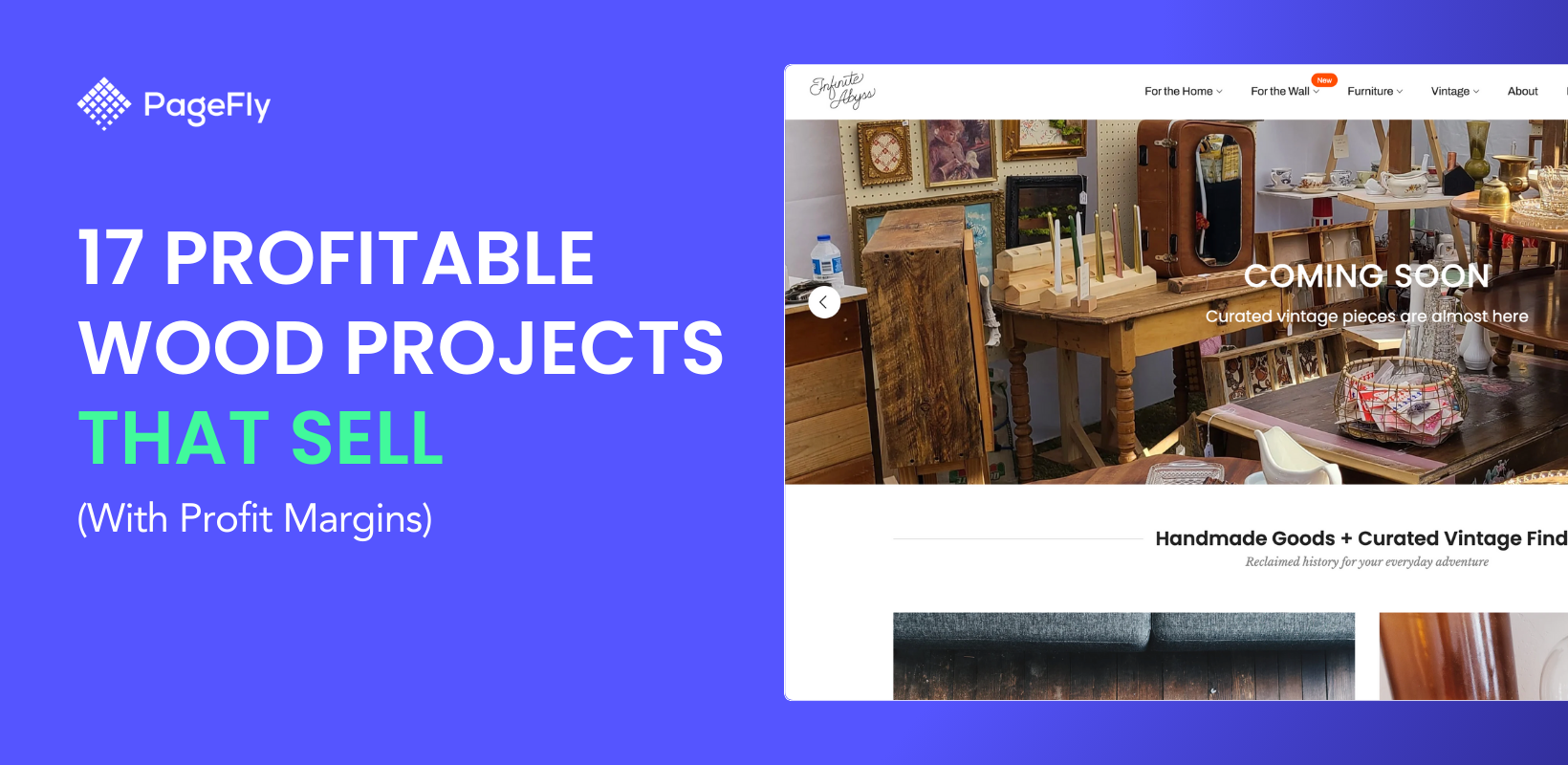While most people would think that what only matters on ecommerce is the retail price, knowing how to calculate wholesale prices is also crucial because it will come in handy for when holiday seasons come.
Ecommerce is a battle of marketing and pricing strategies. And if you think that ecommerce brands sacrifice profit margins for sales quantity whenever they offer huge discounts, you’ll be shocked to know that despite these huge markdowns, they still end up earning from every sale they make.
The reason for that is they know the correct way to calculate wholesale price to strike a balance between sales quantity and profitability.
In this article, we will teach you how to calculate wholesale prices so you have the confidence to markdown your products without sacrificing your bottom line.
Wholesale Price Vs. Retail Price

Wholesale and retail prices have two distinct business roles. One is for selling discounted products and the other one is for maximizing profits when selling individual products to customers.
Let’s delve deeper into the meaning of wholesale and retail.
Wholesale Price
To attain an optimal wholesale price, manufacturers calculate their fixed costs plus the cost of their raw materials. On top of that, they add a certain percentage (depending on their target price) to arrive at a wholesale price.
In the perspective of distributors, their wholesale prices depend on how much they acquired the products from the manufacturers. After that, they add a certain percentage to arrive at a wholesale price for their customers (retailers like you).
In simpler terms, the wholesale price is the discounted price you get from your suppliers by buying their products in bulk.
Retail Price
Starting at the wholesale price, you should take into account your fixed costs (such as salaries, taxes, and other operating expenses) and your markup price.
Some retailers simplify this pricing process by doubling the wholesale price – also called keystone pricing.
Say you purchased organic shirts in bulk from your supplier for $10 per piece. By following the principles of keystone pricing, the retail price will be $20 (double the wholesale price).
However, there are risks to this type of pricing strategy:
- The retail price might be too high that it becomes unattractive
- Low inventory turnover as a result of high retail price
Although keystone pricing is very simple to follow, you risk your business losing on the pricing battle against your competitors.
Other Pricing Methods Used By Business
Aside from wholesale and retail, there are other methods used by businesses to compute prices.
These are:
- Manufacturer’s Suggested Retail Price (MSRP)
- Bundle pricing
- Loss-leading pricing
- Psychological pricing
- Price skimming, and more.
How Pricing Affects Consumer Decisions
Frontiers conducted a study on 500 university students in China in 2021 regarding the effects of pricing in their purchase decisions. Here are some of their findings:
Even though product pricing has a greater influence than product packaging on the decision process of a buyer (Pratama and Suprapto, 2017; Abdullah et al., 2021), high prices in a highly competitive market can lose customers permanently due to the effect of increased pricing (Kotler et al., 2012).
If the product is already in abundance in the market, then pricing will definitely play an important role because the increase in price will discourage customers from buying it. Similarly, if prices are lowered under such market conditions, then consumers will increase the amount that they purchase significantly.
Thus, it is worth considering the importance of hitting the right spot in your online retail price. If not, you risk losing your customer to your competitors who are offering a better retail price for a product with the same utility to your customers.
Where Knowledge Of Wholesale Pricing Comes In

Although it isn’t explicitly indicated in the graph above, we can infer that the top two reasons: Free delivery, Coupons and discounts, have to do with money.
Let us focus our attention on Coupons and Discounts.
Since it ranks as the second most important reason why customers buy online, your ecommerce store should have offerings like this to attract potential buyers. However, it would be unwise to advertise discounted prices just for the sake of it and without a mathematical basis.
In worst case scenarios, when you badly need to dispose of the inventory to free up storage space or to recuperate your capital, you should at least aim for a breakeven point.
But aside from that, every sale you make must yield profits.
Therefore, it is important to know how to calculate the wholesale price of every product to ensure profitability – even on discounted sales.
Wholesale Pricing Methods: 2 Ways To Compute
Let us now talk about the different approaches or formulas that you can use to identify your profitable wholesale price.
01. Absorption Pricing Method


From the name itself, the goal of this formula is to “absorb” all the costs associated with the product.
Calculating the wholesale price using this formula is fairly simple. However there are other formulas involved in order to arrive at the Cost Price and Gross Profit Margin.
To better understand the computation, let us illustrate it with a sample scenario
Sample Computation
Let us take this sample scenario and apply the formulas below to get the wholesale price using the absorption method.
Assumptions:
Say you own an online t-shirt store. One of your products are organic shirts made from bamboo fiber.
- Wholesale price from supplier per piece is $8
- The final selling price or retail price for each shirt is $25
- Your overhead cost per product is $3
- We are computing for the month of June
- Beginning inventory is 150 pieces which is equivalent to $1200 worth of organic shirts
- You sold 60 pieces ($480) throughout June, which gives you 90 pieces ($720) remaining
- You also purchased an additional 50 pieces within the month, amounting to $400
- Ending inventory is 140 pieces ($1120) because 150pcs - 60pcs + 50pcs = 140pcs
- Net sales is $1500 because 60pcs x $25 = $1500
Now that we have all the details we need, all we have to do is compute.
1.1 Cost of Good Sold

First we have to figure out the Cost Price. And to do that, we should compute the Cost Of Goods Sold.
The cost of goods sold (also referred to as cost of sales) refers to the direct costs of the inventory that has been sold by a company throughout a certain period.
COGS | = ($1200 + $400) - $1120 = $1600 - $1120 = $480 |
1.2 Overhead Costs

To come up with the Overhead Costs, simply multiply the number of units sold to the overhead cost per product which is set at $3
Overhead Cost | = 60 pieces x $3 = $180 |
1.3 Cost Price

Cost Price is attained by getting the sum of your cost of goods sold and overhead costs.
Cost Price | = $480 + $180 = $660 |
1.4 Gross Profit Margin

Gross Profit Margin is the difference of cost of goods sold from and net revenues or net sales.
GPM | = ($1500 - $480) / $1500 = $1020 / $1500 = 0.68 or 68% |
1.5 Wholesale Price (Absorption Costing)


Now that we have the Cost Price and Gross Profit Margin, we can now compute the Wholesale Price using the Absorption method.
Cost Price = $660
GPM = 68%
Wholesale Price | = $660 + 68% = $1108.8 = $1108.8 / 60 (number of units sold) = $18.48 |
The Takeaway
After performing all the computations, we have arrived at a wholesale price of $18.48 per shirt. (For purposes of this discussion, let's round it up to $19.)
Since the purchase price of each shirt from the supplier is only $8, we can safely say that even selling at a marked down price of $19, your ecommerce store would still be profitable.
Thus, a 20% sale is still feasible.
Although this formula is used for wholesale pricing, you can apply the same computation whenever you are trying to protect your profit margin if, say, you want to mark down your prices in your online store during a holiday sale.
As such, the absorption method has its pros and cons.
Pros
- Guaranteed profitability because expenses are factored in
- Fairly easy to compute
Cons
- The wholesale (discounted) price might still be very high since some ecommerce stores can mark down up to 50%
- Because of the high discounted price, you risk losing customers
02. Differentiated or Differential Pricing
Differential pricing is a strategy used to maximize possible profits depending on location, customer types, season, and other circumstances affecting the customers.
Other terms used to describe this pricing strategy is:
- Discriminatory pricing
- Flexible pricing
- Variable pricing
- Multiple pricing.
This is done by setting different prices depending on the circumstances mentioned above. In implementing this pricing strategy, the law of supply and demand plays a huge role.
For example:
- In high competition areas, prices are set low in order to be price competitive because customers have other alternative merchants
- In low competition areas, prices can be set a little higher to maximize profit because customers have very few alternatives
How Can It Help Your Ecommerce Business?
As an ecommerce business, differential pricing can help you optimize your profits if you are serving a global audience.
Let us revert to our business example above: organic bamboo shirts.
At a retail price of $25 per shirt, your US customers might find it reasonably priced.
But to your target customers in, say, Asia, their value perception towards your products might be different. Thus, $25 per piece may be too high for them.
Since you have a healthy profit per shirt in the example above, the differential pricing strategy can be used to set different prices on different locations.
Tip:
Here’s a little tip. If you use a Shopify Plus account, you can have up to 10 storefronts that can serve different types of audience. You can create a separate storefront for the US, UK, India, or any country of your choosing.
Formula
The formula for absorption pricing can be used for differentiated pricing as well. Since you are already implementing different retail prices on your storefronts, all you have to do is replace the retail price to its corresponding value.
Pros
- Great strategy to cater to different types of audience
- Balances profitability and price competitiveness
Cons
- It can also diminish profitability because you are forced to compete prices with competitors
- It can be an accounting nightmare if you implement variable prices on multiple SKUs
Wholesale Shopify Stores
Now that you know how to compute your wholesale price, let’s take a look at some sample Shopify stores that have wholesale prices on their products.
01. Made In Cookware

Made In is a dealer of high-end stainless steel cookware specifically designed to cater restaurants. One of the customers that they are very proud to have is Chef Grant Achatz (a chef with a very inspiring story – go ahead look it up), who is proclaimed as one of the best chefs in the world.

The customer-facing side of their website displays retail prices for those who want to buy just a single set. But if you hover over the Industry Pricing > Design Trade Program, it will lead you to a contact form where you can leave your inquiry and details.
This is dedicated for interior designers, architects, and home stagers who want to use Made In in their designs.

On the other hand, they have a separate B2B portal for retailers who want to include Made In in their inventory. Hover over Industry Pricing > Dealer Inquiries, and it will open a new tab so you can submit your intent to be their dealer.
02. Taza

Taza is a Shopify store that sells USDA-certified organic chocolates. Unlike other chocolate manufacturers who use modern technology to mass produce their products, Taza does things differently.
Instead of using machineries to churn cacao beans into chocolate, they use the traditional method of stone grinding to minimize the process cacao beans undergo to become a bar of chocolate. They claim that by using minimal processing, their chocolates are able to achieve bold flavor and texture.

Aside from their retail store for sweet tooths and lovers of fine chocolates, Taza is open for wholesale customers.
Hover over the Menu > Learn > Wholesale to go to their wholesale landing page. In there, you’ll find an email address where you can request for wholesale info. Alternatively, you can view their wholesale catalog by clicking the PDF file in the page.
03. Tofino Soap Company

Tofino Soap Company is an ecommerce store that sells Natural Soaps, Ceramic Candles, and Essential Oils. All their products are handmade with organic and ethically sourced ingredients.
Their products are made with simple and natural ingredients – making them safe for people with skin sensitivity to chemicals. Additionally, they claim that they do not mass produce their products, and instead stick to producing smaller batches to uphold their principles regarding sustainability.

Tofino Soap Company is open to supplying their products to businesses and retailers. Go over their Menu > Business Inquiries and you’ll see that they can supply their products to spas and hotels.
You can also buy a batch of 72 pieces of mini soaps at discounted prices without creating an account with them.
To those who want to become a retail partner, click Become a Retailer so you can send your inquiry.
04. Lunchskins

Lunchskins is an ecommerce brand that sells eco-friendly snack bags and reusable pouches. They have a selection of food storage pouches with very interesting designs to add color to your snack time.

Finding their wholesale portal isn’t as straightforward as the first three stores. Scroll to the bottom of their homepage until you find Wholesale in the footer. Click the button and you will be redirected to their wholesale page.
Choose a wholesale portal and you’ll be able to buy their products in bulk and at discounted prices.
05. Au Lit Fine Linens

Au Lit Fine Linens is a Shopify store that sells high-end beddings made of linen. In addition to beddings, they have cotton towels, bath robes, pajamas, and decorative pillows.
They are committed to creating things via traditional methods and with sustainability in mind. That’s why they meticulously choose their suppliers and they make sure that they share the same advocacy.

Scroll over to the bottom of their homepage. Under Programs, click Trade to be redirected to their wholesale page where you can download their application form.
Their trade program is specifically made for interior designers, stagers, and architects. Approved applicants get access to exclusive discount prices and to a team of experts to assist them.
Bottom Line
Pricing is a combination of art and math. You need a concrete mathematical basis in setting your wholesale and retail prices. At the same time, you should also know where the perfect spot is.
Price your products too high and you risk losing customers. Price them too low and you lose potential profits. Striking the perfect balance between price and profit is the secret to that.
Now that you know how to calculate wholesale prices, you can never go wrong with your pricing strategy – be it on discount sales or if you want to add a B2B program in your Shopify store.
Take your time in exploring the wholesale Shopify store examples we provided above so you can learn how they are able to survive a business serving both retail and wholesale customers. So that when it’s time to implement your plan, you will know the right things to do.




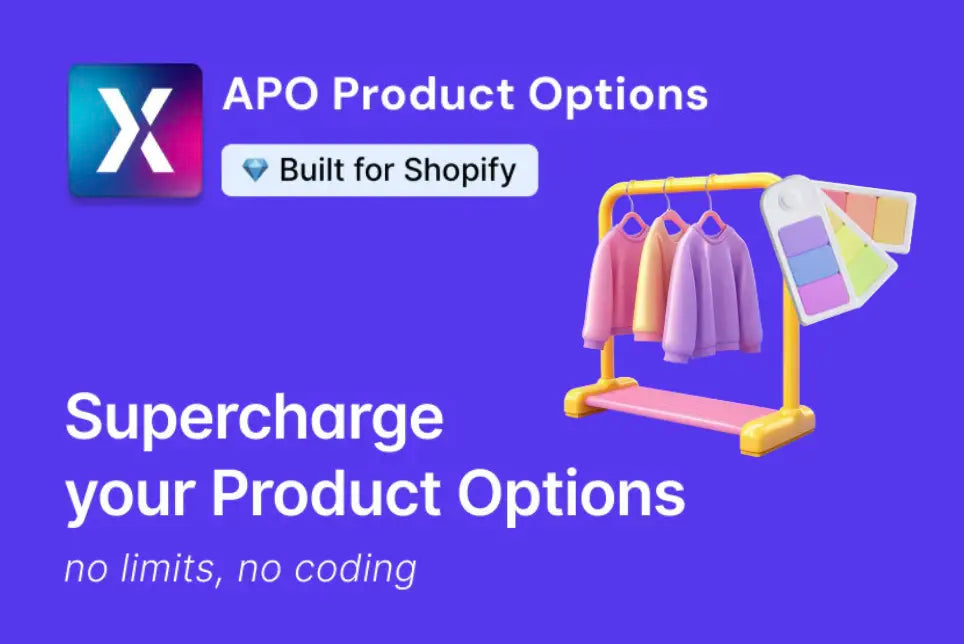


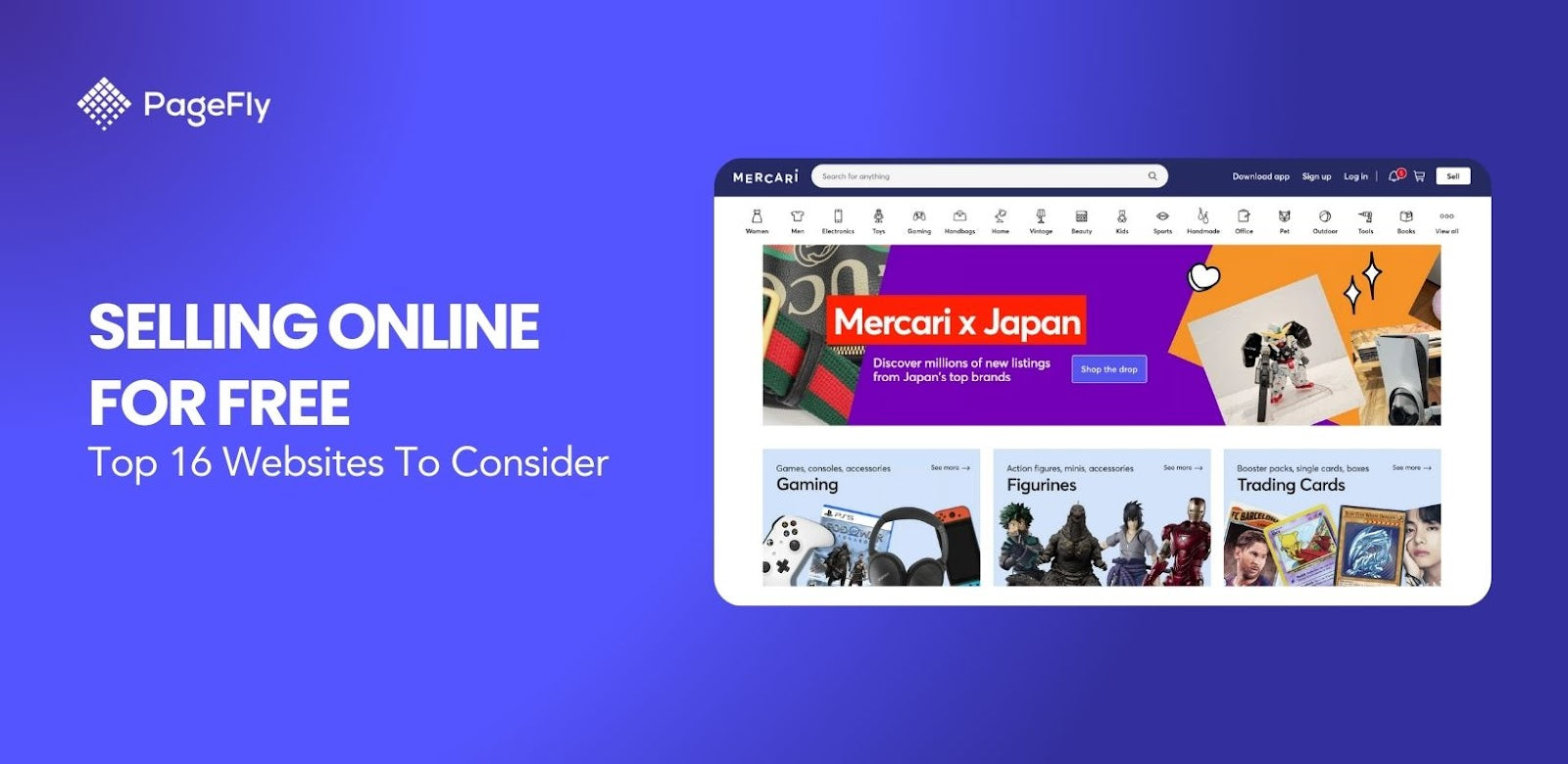

![14 Profitable Small Food Business Ideas for 2025 [Real Numbers]](http://pagefly.io/cdn/shop/articles/1_58b587d2-13db-4aa6-8c19-e40f5c88d3eb.jpg?v=1758255771&width=4460)
![Art Business Names: 350+ Ideas + Free Generator [2025 Updated]](http://pagefly.io/cdn/shop/articles/art_business_name_e94a54e9-d325-4ba3-94ab-7b4297952312.png?v=1760062968&width=1640)
